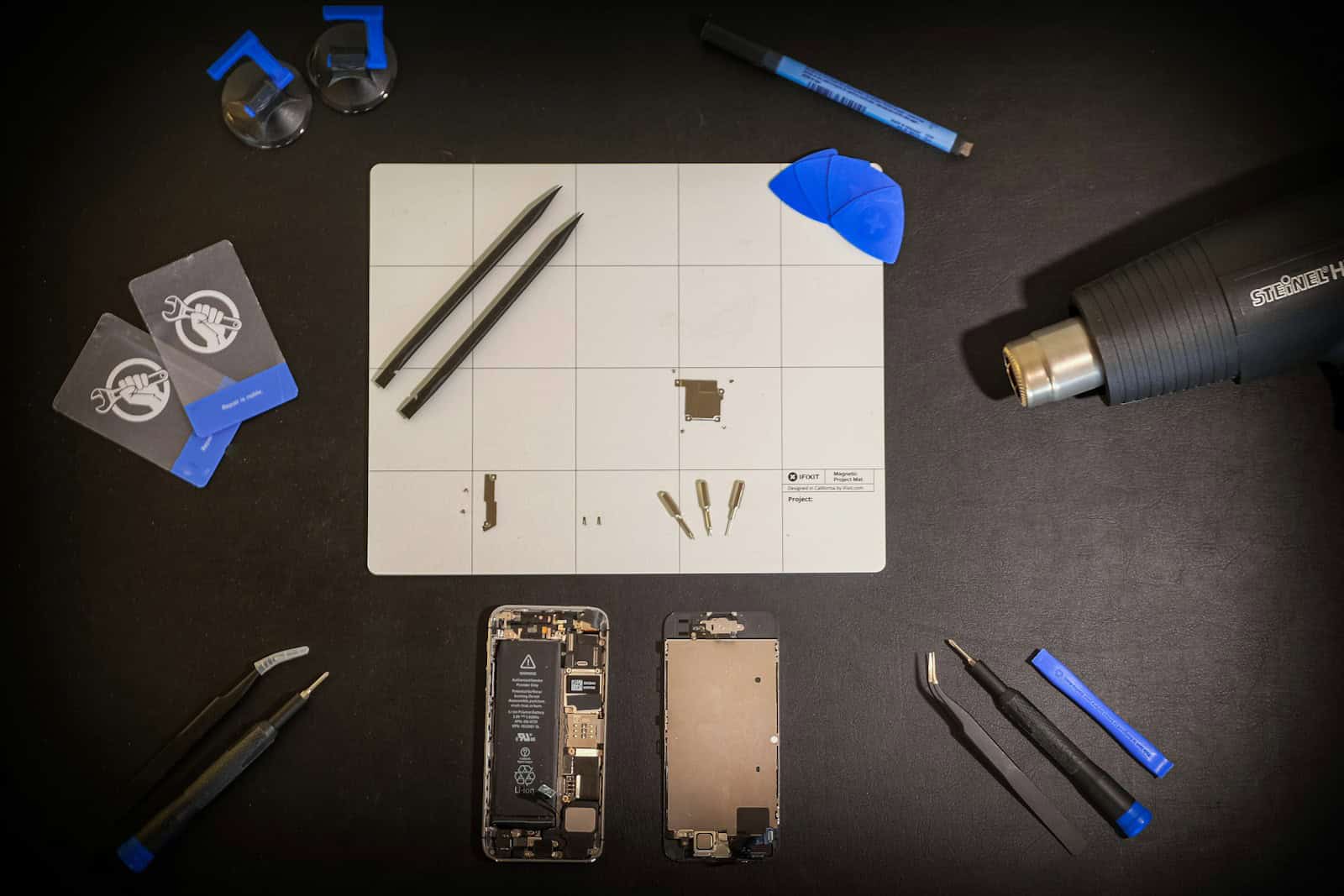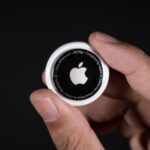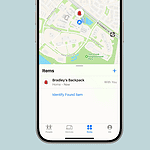If you own an iPhone, you know how integral it is to your daily life. When it breaks or malfunctions, it’s crucial to find a reliable repair service as quickly as possible. Whether it’s a shattered screen or a battery that won’t hold a charge, there are several options for iPhone repair. Apple Stores are the go-to for many because they provide authorized services for your devices. Beyond that, there are certified technicians across a variety of independent repair shops and service providers like Best Buy that offer repair services.
Understanding the available services is key to getting your iPhone back in working order. Options range from same-day screen repairs to battery replacements and more. Some service providers offer warranties on repairs, which can provide peace of mind. It’s important to ensure that the technicians are qualified and that they use genuine Apple parts to maintain your device’s performance and warranty status.
Certain repair problems are more common than others. A cracked screen is a frequent issue, and several shops specialize in fixing this quickly. For more complex problems, comprehensive diagnostic tests are vital. They can uncover underlying issues like LCD damage or power failures. Remember to check if diagnostic services are free or if there’s a fee before proceeding with the repair.
Expert iPhone Repairs: Your Options and What to Expect
There are many places that fix broken iPhones, each with pros and cons:
| Option | Pros | Cons | Best For |
|---|---|---|---|
| Apple Store/Authorized Service Provider | Genuine Apple parts, certified technicians, warranty-covered repairs | May be more expensive, appointments may be required | Repairs covered by Apple warranty or AppleCare |
| Independent Repair Shops | Often cheaper, faster turnaround times, may offer specialized services | Quality of parts and technicians may vary, may not be covered by warranty | Out-of-warranty repairs, budget-conscious consumers |
| Mail-In Repair Services | Convenient, can ship from anywhere | Longer turnaround times, risk of damage during shipping | Those who can’t easily access a repair shop |
| DIY Repair | Cheapest option, potential for learning experience | Requires technical skills and tools, risk of further damage | Tech-savvy individuals comfortable with repairs |
Authorized Apple Service
These include Apple Stores and authorized repair shops. They use official Apple parts and have trained techs, so repairs are top-notch. But, they can be pricey and busy. This is your best bet if your iPhone is still under warranty.
Independent Repair Shops
These are local shops that fix phones. They’re often cheaper and faster than Apple, but the quality can vary. Do some research and read reviews before picking one. This is good if your warranty is over or you need a quick fix.
Mail-In Repairs
Companies like uBreakiFix let you mail your iPhone for repairs. This is handy if you don’t have a shop nearby, but it takes longer. Be sure the company insures your phone during shipping.
DIY Repair (Do It Yourself)
You can buy parts and fix your iPhone yourself. This is the cheapest way, but it’s only for those who know what they’re doing. If you mess up, it could cost you more in the long run.
Important Tip: Back Up Your iPhone!
Before any repair, back up your data to iCloud or a computer. This ensures you won’t lose your photos, contacts, and other important stuff.
Key Takeaways
- iPhones can be repaired at Apple Stores and by certified technicians at various service providers.
- Repair options include screen replacements, battery service, and more, often with same-day service available.
- Diagnostic tests are crucial for identifying less apparent issues and should be factored into repair decisions.
Understanding iPhone Repair Services
When your iPhone needs repairs, you have options to consider, like warranty coverage and where to take it. Let’s explore what to know before making a choice.
Warranty and Support Options
Apple offers a limited warranty for new devices. This typically lasts one year and covers manufacturing defects. AppleCare+ extends this coverage and includes accidental damage protection. If you have AppleCare+, your iPhone’s battery is eligible for free replacement if it holds less than 80% of its original capacity. In the United States, consumer law may also provide additional rights.
Types of iPhone Damage
iPhones can face various issues, from cracked screens to battery problems. Screen damage is common and can often be fixed on the same day. Battery service may be needed if your iPhone doesn’t charge properly or runs out quickly.
Choosing a Repair Service Provider
It’s best to use an Apple Authorized Service Provider for repairs. They have Apple-trained technicians. This ensures any service will meet Apple’s standards and not void any part of your AppleCare plan. If your iPhone is out of warranty, consider cost and convenience when choosing a repair service.
Repair Process and After Service
When an iPhone needs repair, whether for a cracked screen or battery replacement, knowing the procedure, costs, and after-service support is crucial. This section outlines these aspects to guide you through the repair process.
Repair Procedure and Timelines
For screen repair and other hardware issues like a malfunctioning power button or water damage, users can visit an Apple Store or an Apple Authorized Service Provider. Diagnostic tests are run to assess damage and determine repair needs. Screen repairs can often be same-day service, while other repairs may vary. For more complex issues, the device might need to be sent in for repair, adding time.
Cost of Repair and Payment Methods
Costs vary based on the type of repair and whether the iPhone is within warranty or covered by AppleCare+. Getting an estimate before service helps avoid surprises. Payment can typically be made via multiple methods including credit cards, debit cards, and Apple Pay. For out-of-warranty services, Apple provides a list of prices for repairing iPhone models that users can check online.
After-Sales Service and Guarantees
After repairs, users benefit from Apple’s service guarantee which covers the repaired part, often for 90 days or the remainder of the warranty or AppleCare+ plan, whichever is longer. If you use genuine Apple parts and service, this helps ensure ongoing support. Self Service Repair is an option too where Apple sells the necessary parts and tools for experienced individuals to repair their own devices.







